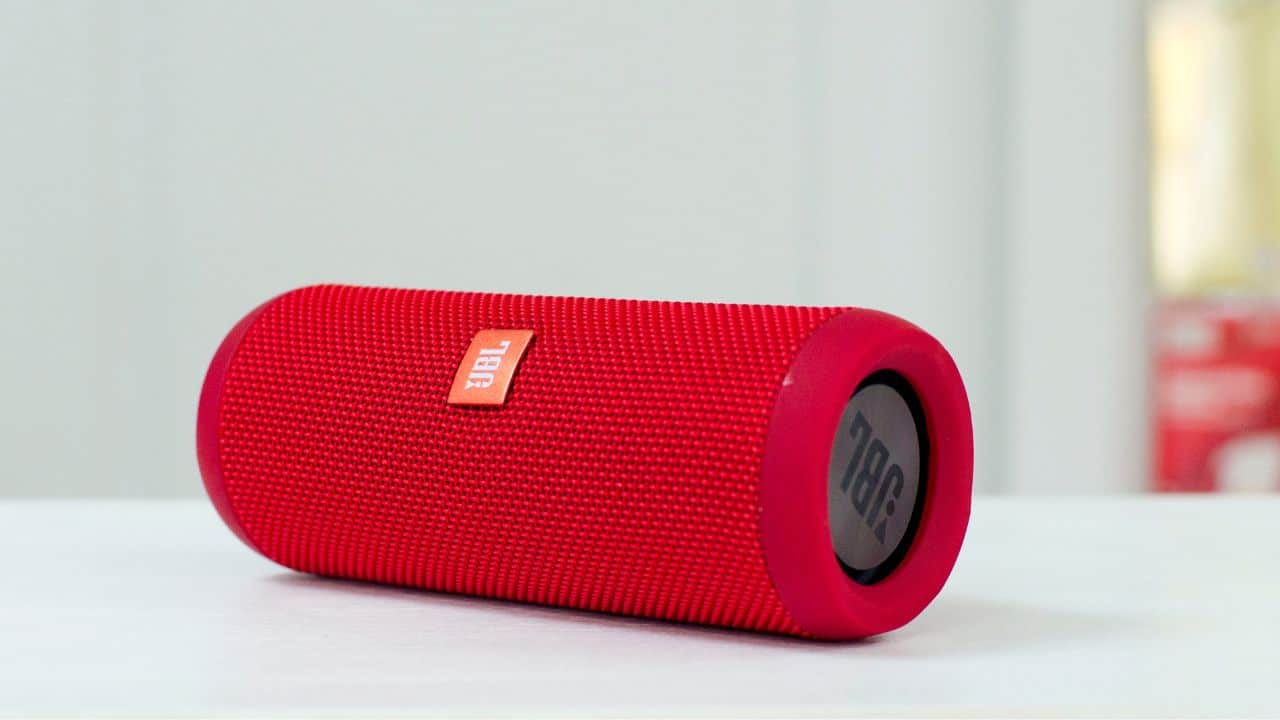Last Updated on February 20, 2024 by Nurul
In the era of wireless audio connectivity, experiencing issues with your iPhone failing to connect to your JBL speaker can be frustrating. A seamless connection is crucial for enjoying your favorite tunes or engaging in hands-free calls.
This troubleshooting guide addresses common concerns and provides a step-by-step approach to resolving the issue.
Contents
Why is my iPhone not pairing with JBL speaker?
Bluetooth Settings
The first step in resolving connectivity issues is checking the Bluetooth settings on your iPhone. Ensure that Bluetooth is turned on, allowing your device to discover nearby devices. Simultaneously, make sure your JBL speaker is in pairing mode, enabling it to establish a connection with your iPhone.
Device Compatibility
While it might seem obvious, verifying the compatibility between your iPhone model and the JBL speaker is crucial. Compatibility issues may arise due to differences in Bluetooth versions or device capabilities. Additionally, consider any recent iOS updates that might impact the speaker’s connectivity.
Interference and Range
Identifying potential sources of interference is vital for a stable connection. Electronic devices, Wi-Fi routers, or even physical barriers can disrupt Bluetooth signals. Ensure that your iPhone is within the effective range of the JBL speaker, as exceeding the recommended distance might result in connectivity issues.
Why doesn’t my JBL connect to my phone?
Bluetooth Mode
Make sure that your JBL speaker is in Bluetooth mode. Some models have multiple modes, and choosing the right one is essential for a successful connection. Check the user manual or the manufacturer’s website for instructions on selecting the appropriate mode.
Device Memory
Over time, the list of paired devices on your JBL speaker or iPhone may become cluttered, causing connection problems. Clear the list of paired devices on the JBL speaker and remove the JBL speaker from the list of Bluetooth devices on your iPhone. This helps ensure a clean slate for establishing a new connection.
Firmware Update
Outdated firmware can lead to compatibility issues. Check for any available firmware updates for your JBL speaker and follow the manufacturer’s instructions to update it. Keeping the firmware up-to-date ensures that your speaker is equipped with the latest features and bug fixes.
How do I reset my JBL speaker?
Soft Reset
Performing a soft reset on your JBL speaker can resolve minor glitches. Power off the speaker, wait for a few seconds, and power it back on. This simple step can often clear temporary issues and pave the way for a successful connection.
Factory Reset
In more complex cases, a factory reset might be necessary. Be cautious, though, as this process erases all customized settings. Refer to the user manual for your specific JBL model to learn how to perform a factory reset. After the reset, attempt to pair your iPhone with the JBL speaker again.
Can you connect iPhone to JBL speaker?
Re-pairing Process
If you’ve encountered persistent issues, try re-pairing your iPhone with the JBL speaker. Follow these steps:
- Turn on Bluetooth on your iPhone.
- Ensure the JBL speaker is in pairing mode.
- On your iPhone, go to Settings > Bluetooth.
- Find the JBL speaker in the list of available devices and tap to pair.
Forget and Reconnect
For a fresh start, forget the JBL speaker on your iPhone and initiate a new connection. Follow these steps:
- On your iPhone, go to Settings > Bluetooth.
- Find the JBL speaker in the list of paired devices.
- Tap on the information icon (i) next to the JBL speaker.
- Select “Forget This Device.”
- Put the JBL speaker in pairing mode and reconnect.
Conclusion
In conclusion, troubleshooting issues with your iPhone not connecting to your JBL speaker involves a systematic approach. By checking Bluetooth settings, ensuring compatibility, and addressing potential interference, you can overcome common connectivity challenges. Performing resets and staying up-to-date with firmware upgrades contribute to a smoother audio experience.

Hi, I’m Nurul! I love touching the latest gadget, unboxing them, and even smelling them! In this blog, I will share all my experiences. Hope you get the right idea about all kinds of gadgets from this blog.

